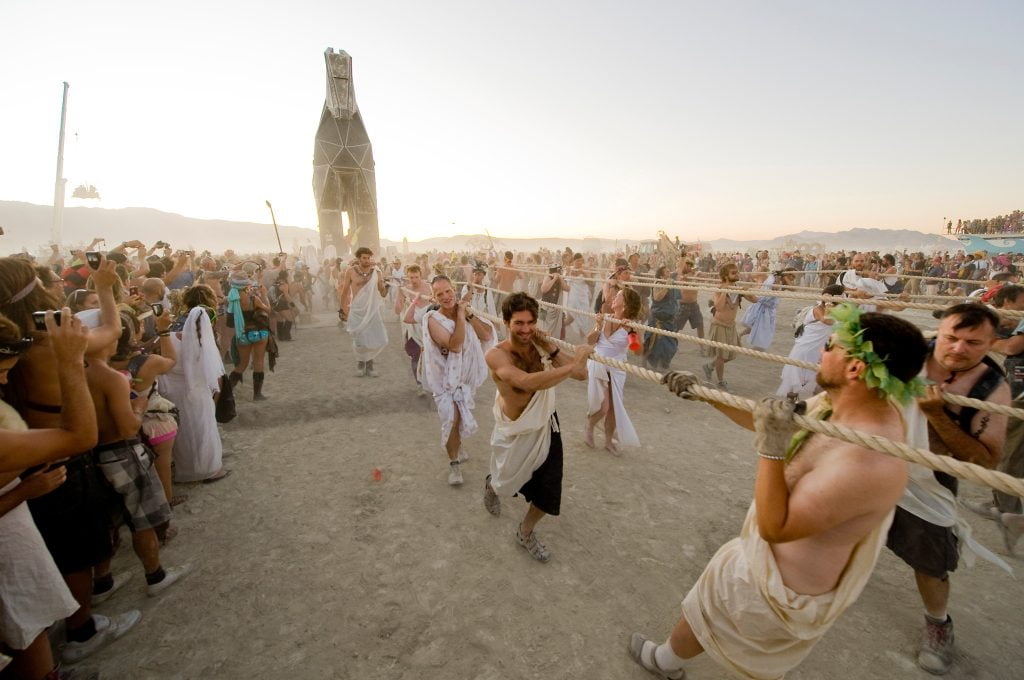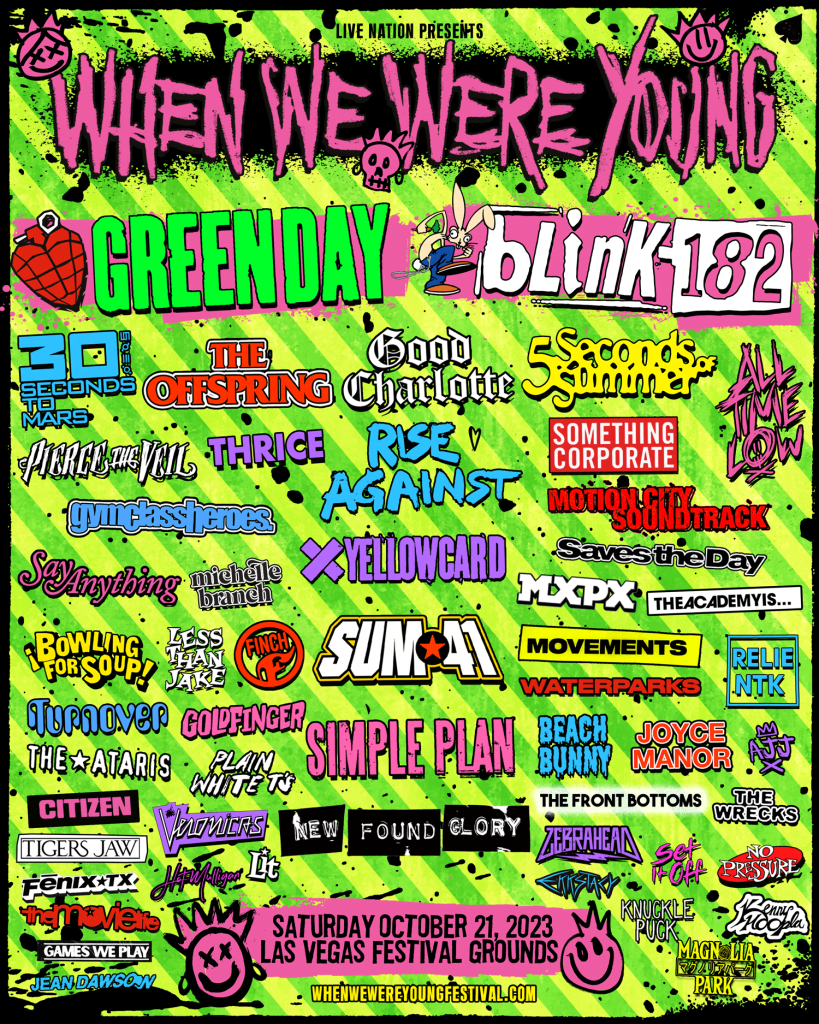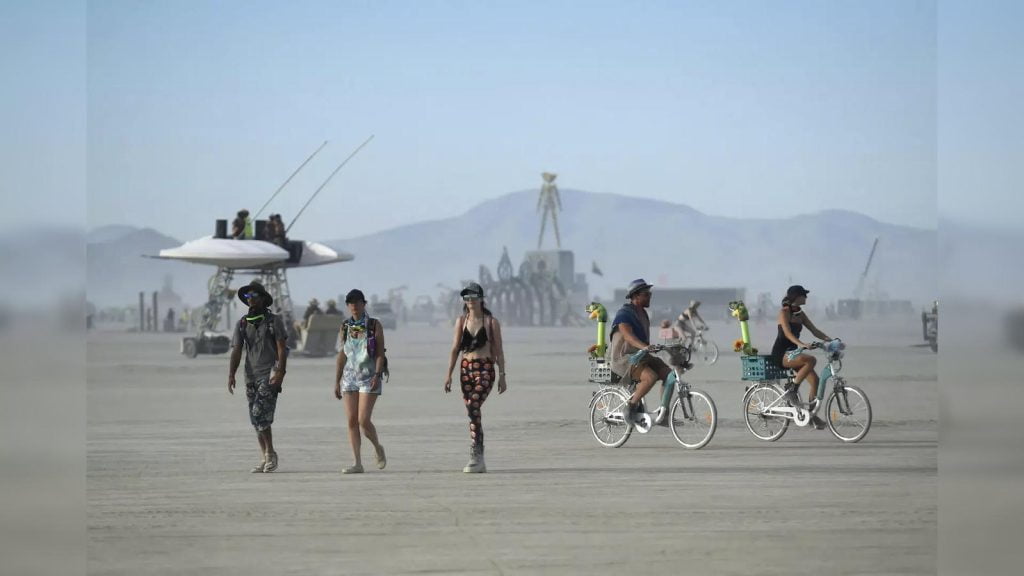Have you ever wondered what the Festival of Colors is all about? This vibrant and joyous celebration, also known as Holi, is a traditional Hindu festival that signifies the victory of good over evil and the arrival of spring. Originating in India, the Festival of Colors has now captivated people worldwide with its exuberant atmosphere and colorful festivities. Participants come together to smear each other with bright-colored powders, dance to lively music, and savor festive treats. It’s a time of unity, forgiveness, and letting go of past grievances. Join us as we delve into the rich history and cultural significance of this enchanting celebration!
We had a great time in #NY last weekend! #colorfestival #holi #color #rainbow #yoga pic.twitter.com/zrONM30M63
— Color Festival (@colorfestivals) August 1, 2014
Introduction to the Festival of Colors
The Festival of Colors is a joyous and exuberant event celebrated by millions of people worldwide to welcome the arrival of spring and bid farewell to winter. Also known as Holi, this vibrant festival is deeply rooted in Hindu mythology and is a time for forgiveness, renewal, and the triumph of good over evil.
History and Significance
Holi has its origins in ancient India, with references in numerous texts and scriptures. Legend has it that the festival commemorates the miraculous escape of Prahlad, a devotee of Lord Vishnu, from the flames ordered by his father, King Hiranyakashipu. The day before Holi, bonfires are lit to symbolize the burning of evil spirits.
Celebrations and Traditions
On the day of Holi, people gather in public spaces and drench each other in vibrant colored powders and water. It’s a time for unrestrained joy, dance, music, and delicious food. Participants throw colors at each other, sing and dance to traditional songs, and relish festive treats like gujiyas and thandai.

Historical Significance of the Festival
The Festival of Colors, also known as Holi, has a rich historical significance that dates back centuries. This ancient Hindu festival signifies the victory of good over evil, the arrival of spring, and the end of winter. It is celebrated with much fervor and enthusiasm across India and in other parts of the world.
Significance in Hindu Mythology
Holi is rooted in Hindu mythology, particularly the legend of Holika and Prahlad. This tale symbolizes the triumph of devotion and righteousness over malice and deceit. During Holi, people reenact this story by lighting bonfires—a practice known as Holika Dahan.
Cultural Celebration
Holi transcends religious boundaries and is celebrated by people of various faiths. It is a festival that brings people together, breaking social norms and fostering unity. Participants smear each other with vibrant colored powders, dance to festive music, and indulge in traditional sweets.

Cultural Traditions and Rituals
Celebrated predominantly in India, the Festival of Colors, also known as Holi, is a vibrant and joyous event that marks the arrival of spring.
Colorful Powder
Participants joyfully throw vibrant colored powders at each other, spreading love and happiness.
Traditional Bonfires
Before the colorful festivities, communities gather around bonfires to signify the victory of good over evil.
- People perform religious rituals
- Offer prayers for a prosperous harvest
Celebrations Around the World
Exploring different cultures provides us with a glimpse into diverse celebrations around the globe. These festivities bring people together, showcasing their unique customs and traditions.
Festival of Colors in India
One of the most vibrant celebrations is the festival of colors known as Holi. This ancient Hindu festival is a joyous occasion marked by the throwing of colorful powders on friends and family.
People come together to bid farewell to winter and welcome the arrival of spring, symbolizing the triumph of good over evil.
Other Colorful Celebrations
Across the world, many cultures have their versions of festivities involving colors. For example, the Carnival of Venice in Italy is famous for its elaborate masks and costumes.
- Rio de Janeiro’s Carnival in Brazil
- La Tomatina in Spain
- Powder Day in Nepal
Spiritual and Symbolic Meaning
The festive celebration of Holi, also known as the Festival of Colors, holds significant spiritual and symbolic meanings for participants. It signifies the victory of good over evil and the arrival of spring, symbolizing new beginnings and positivity in one’s life.
Color Symbolism
The vibrant colors used during the festival represent various emotions and feelings. For example, red symbolizes love and fertility, blue represents the divine and calmness, while yellow signifies knowledge and learning.
Spiritual Cleansing
Participants believe that playing with colors during Holi purifies the soul and removes negativity. It serves as a sacred ritual to let go of the past and embrace a fresh start.
Modern Interpretations and Trends
In recent years, the Festival of Colors has seen a surge in popularity around the globe, with various modern interpretations emerging to celebrate this vibrant tradition. Many countries outside of India have adopted the festival, incorporating their unique cultural elements to create a fusion of old and new.
Artistic Presentations
One of the modern trends includes art exhibitions and installations that showcase the essence of the Festival of Colors through paintings, sculptures, and multimedia presentations. Artists reinterpret the festival’s themes of love, unity, and the triumph of good over evil in innovative ways, captivating audiences worldwide.
Fashion and Design Influences
The festival has also influenced fashion and design trends, with vibrant colors and traditional Indian motifs making their way into haute couture collections and interior decor schemes. Designers draw inspiration from the festival’s lively spirit to create bold and statement pieces that exude joy and energy.
Virtual Celebrations
In the digital age, virtual celebrations of the Festival of Colors have become increasingly popular, allowing people from different corners of the world to come together and participate in the festivities online. Virtual events, live streams, and social media challenges have transformed the way the festival is experienced and shared.
Impact on Communities and Social Bonds
The Festival of Colors, also known as Holi, plays a significant role in fostering community ties and strengthening social bonds. It brings people together from all walks of life, irrespective of age, gender, or social status.
Celebrating Diversity
One of the key impacts of the Festival of Colors is its ability to celebrate diversity within communities. People of different backgrounds come together, embracing the spirit of unity and togetherness indicated by the LSI.
Promoting Harmony
The vibrant colors of Holi symbolize joy and positivity, spreading happiness and promoting harmony among individuals. This festive occasion encourages forgiveness, letting go of past grievances, and uniting communities, and fostering strong social bonds.
Importance of Colors in the Festival
The festival of colors, also known as Holi, is a vibrant celebration that signifies the victory of good over evil and the arrival of spring. Colors play a crucial role in this festival, symbolizing various aspects of life and culture.
Symbolism of Colors
Each color used during the festival holds significance. For instance, red symbolizes love and fertility, yellow represents turmeric and healing, green signifies new beginnings and harvest, and blue represents the Hindu God Krishna.
Cultural Unity
The colors of Holi bring people together, breaking down barriers of caste, creed, and social status. It fosters unity and emphasizes the concept of equality and brotherhood among all individuals.
- People smear each other with colors, signifying the erasure of differences and the coming together of communities.
- Rangolis are created using vibrant hues to decorate homes and public spaces, enhancing the festive spirit.
Food, Music, and Dance in Festival Celebrations
Exploring the vibrant traditions of the Festival of Colors involves immersing oneself in a feast for all senses, including the rich tapestry of food, music, and dance that accompanies the festivities.
The Aromatic Delights
Indulge in a plethora of flavors during the festival, with specialties like Gulab Jamun, Gujiya, and Thandai tantalizing taste buds.
Musical Harmony
Feel the rhythm of the festival with dholak beats syncing with your heart as traditional music fills the air with joy and excitement.
- Enjoy classic songs like “Rang Barse” that epitomize the spirit of Holi celebrations.
Dynamic Dance Performances
Witness captivating dance performances, with groups showcasing vibrant Garba moves or energetic Bhangra routines, adding a lively touch to the festivities.
Frequently Asked Questions
- What is the Festival of Colors?
- The Festival of Colors, also known as Holi, is a vibrant and joyful Hindu festival celebrated primarily in India and Nepal. It marks the arrival of spring and the victory of good over evil.
- When is the Festival of Colors usually celebrated?
- The Festival of Colors typically takes place in March, during the full moon day of the Hindu month of Phalguna.
- How is the Festival of Colors celebrated?
- During the festival, people come together to throw colored powders at each other, dance, sing, and enjoy festive foods and drinks. It is a time of joy, forgiveness, and new beginnings.
- What is the significance of the colors used during the festival?
- The colors used during the Festival of Colors symbolize various aspects of life, such as love, happiness, vitality, and energy. They are also believed to represent the different hues of spring.
- Are there any traditional rituals associated with the Festival of Colors?
- Yes, there are several rituals associated with Holi, including the lighting of bonfires on the night before the main celebration, known as Holika Dahan, and the offering of prayers to deities.
Unlocking the Magic of the Festival of Colors
As we wrap up our exploration of the festival of colors, it is evident that this vibrant celebration is much more than just a splash of hues. Rooted in ancient traditions and representing various cultural beliefs, this festival symbolizes the triumph of good over evil, the arrival of spring, and the renewal of relationships.
Through the joyful act of throwing colors and sharing sweets, people come together to embrace unity, forgiveness, and new beginnings. The festival of colors transcends boundaries, spreads happiness, and fosters a sense of community among diverse individuals. It serves as a reminder of the beauty of diversity and the power of togetherness.
So, next time you witness the kaleidoscope of colors during this festive occasion, remember the rich tapestry of meanings woven into the fabric of this celebration. Let the spirit of love, joy, and harmony that defines the festival of colors resonate within you.




